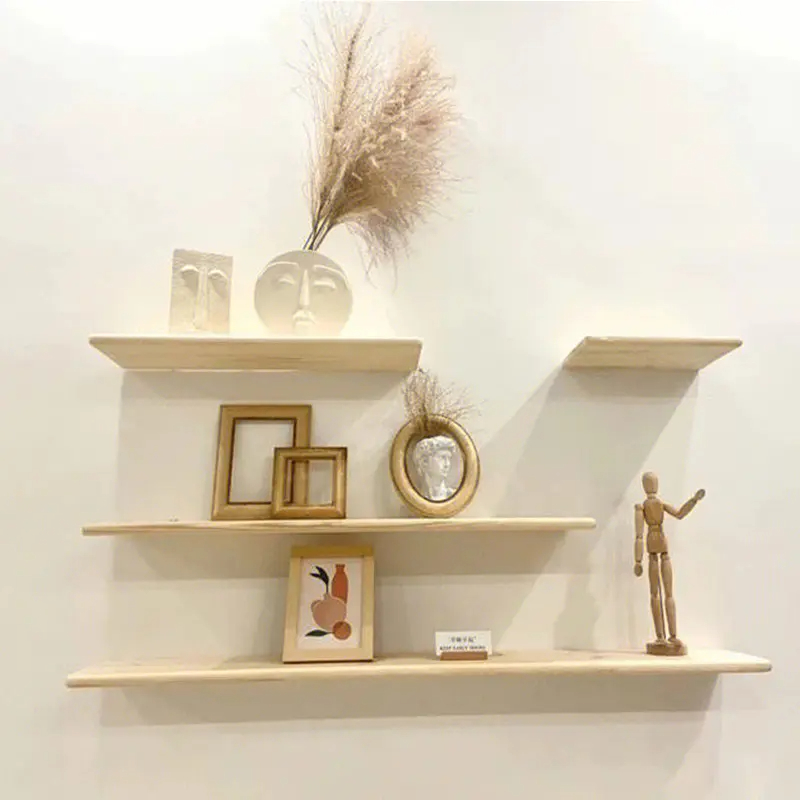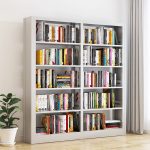Introduction
Anchoring a bookshelf to the wall is essential for safety, especially in households with children or pets. Whether you’re a seasoned DIY enthusiast or a novice, this step-by-step guide will walk you through the process of securely anchoring your bookshelf to the wall, ensuring stability and peace of mind.
1. Assessing the Wall and Bookshelf
Before you begin, assess the wall where the bookshelf will be placed and the structure of the bookshelf itself. Look for studs in the wall using a stud finder, as anchoring to studs provides the most secure attachment. Additionally, inspect the back of the bookshelf to determine if it has pre-drilled holes for anchoring or if you’ll need to create your own.
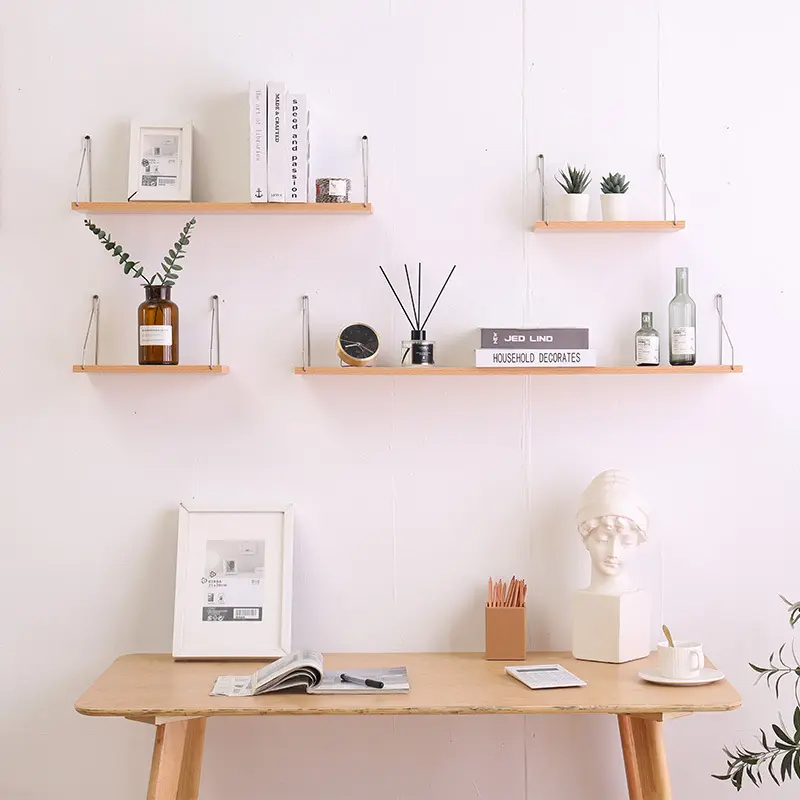
2. Gathering the Necessary Tools and Materials
To anchor your bookshelf properly, gather the following tools and materials:
- Drill with appropriate drill bits
- Screws
- Wall anchors (if not anchoring directly into studs)
- Level
- Pencil
- Measuring tape
- Screwdriver or screw gun
Ensure that the screws and wall anchors are suitable for the weight and size of your bookshelf to provide adequate support.
3. Marking the Wall and Bookshelf
Using a pencil and a level, mark the desired placement of the bookshelf on the wall. Take precise measurements to ensure accuracy, especially if anchoring multiple shelves in a row. Similarly, mark the corresponding spots on the back of the bookshelf where it will be attached to the wall.
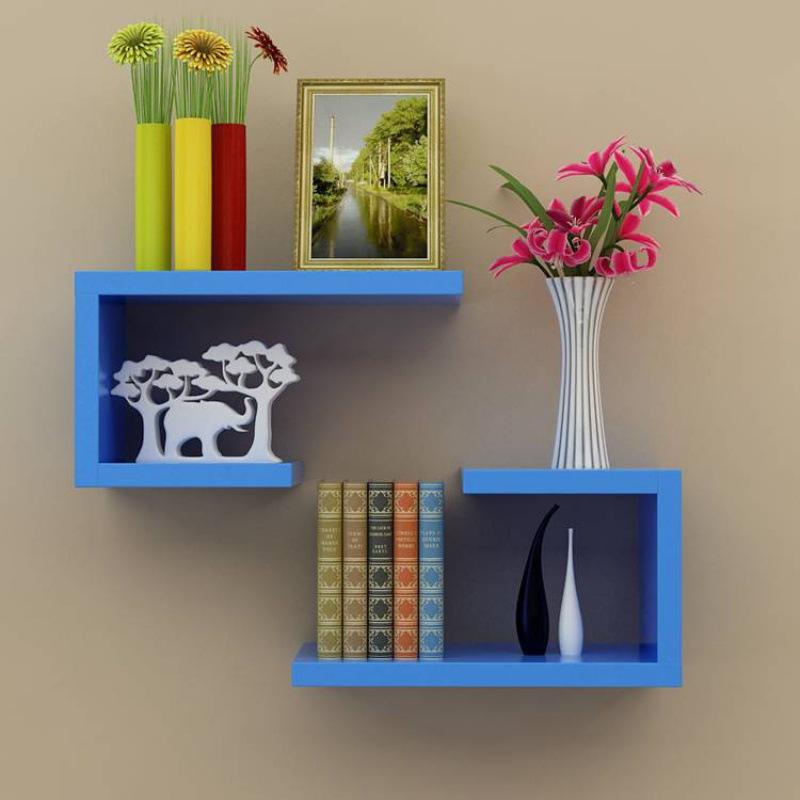
4. Preparing for Anchoring
If anchoring into studs, align the marks on the wall with the studs using a stud finder. Pre-drill holes into the wall at the marked locations, ensuring that the drill bit is slightly smaller than the diameter of the screws. For walls without studs, insert wall anchors into the pre-drilled holes to provide additional support.
5. Attaching the Bookshelf to the Wall
With the wall prepared, align the back of the bookshelf with the marked spots on the wall. If the bookshelf has pre-drilled holes, use them as guides for drilling into the wall. Otherwise, position the screws through the back of the bookshelf and into the pre-drilled holes in the wall or wall anchors.
6. Securing the Bookshelf
Using a screwdriver or screw gun, tighten the screws to secure the bookshelf firmly to the wall. Ensure that the bookshelf is level during this process to prevent it from tilting or leaning once anchored. Double-check the stability of the bookshelf by gently applying pressure to different areas.
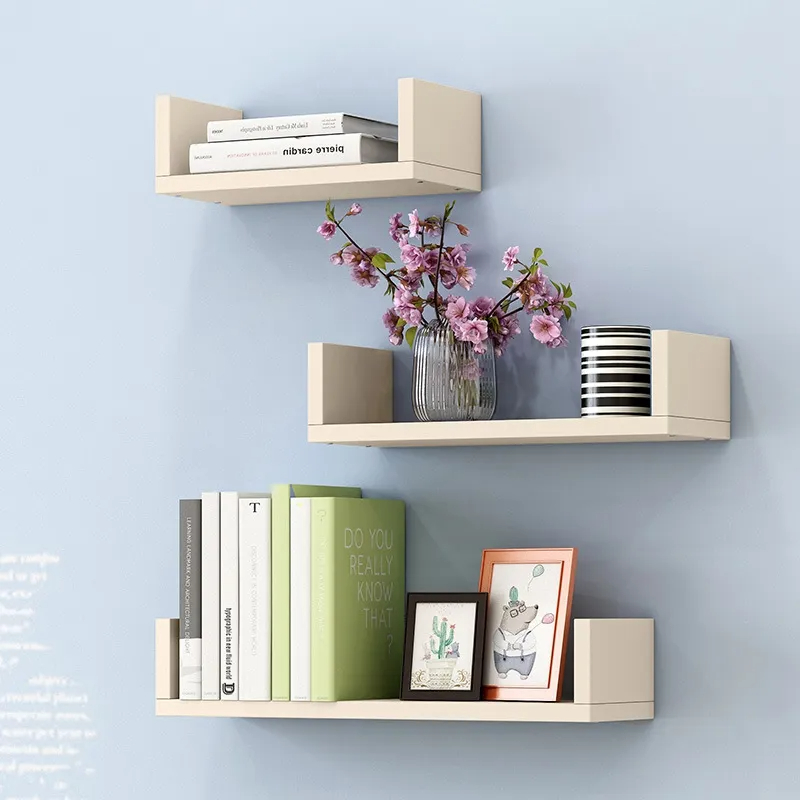
7. Testing and Adjusting
Once the bookshelf is securely anchored to the wall, test its stability by gently shaking it from side to side. If there is any wobbling or movement, recheck the screws and anchors for proper installation. Make any necessary adjustments to ensure that the bookshelf is firmly anchored and stable.
8. Final Touches
With the bookshelf securely attached to the wall, remove any pencil marks or debris from the installation process. Arrange your books and decorative items on the shelves, taking care not to overload them and maintain proper weight distribution.
9. Regular Maintenance and Inspection
After anchoring your bookshelf to the wall, it’s essential to perform regular maintenance and inspections to ensure continued stability and safety. Periodically check the screws and wall anchors for any signs of loosening or damage. Tighten any loose screws and replace damaged anchors promptly to prevent accidents.

10. Adapting to Different Wall Types
If you’re anchoring your bookshelf to a wall made of different materials, such as drywall, brick, or concrete, you may need to adjust your anchoring technique accordingly. Research and utilize appropriate anchors and screws designed for specific wall types to ensure a secure attachment.
11. Consideration for Seismic Zones
For those living in seismic zones or areas prone to earthquakes, additional precautions may be necessary to secure bookshelves and other furniture to prevent them from tipping over during seismic activity. Consult local building codes and guidelines for recommendations on earthquake-resistant anchoring methods.
12. Childproofing and Pet Safety
In households with children or pets, take extra precautions to childproof and pet-proof your anchored bookshelf. Consider installing furniture straps or brackets to further secure the bookshelf to the wall and prevent climbing or accidental tipping. Store heavy or fragile items on lower shelves to minimize the risk of injury in case of accidents.
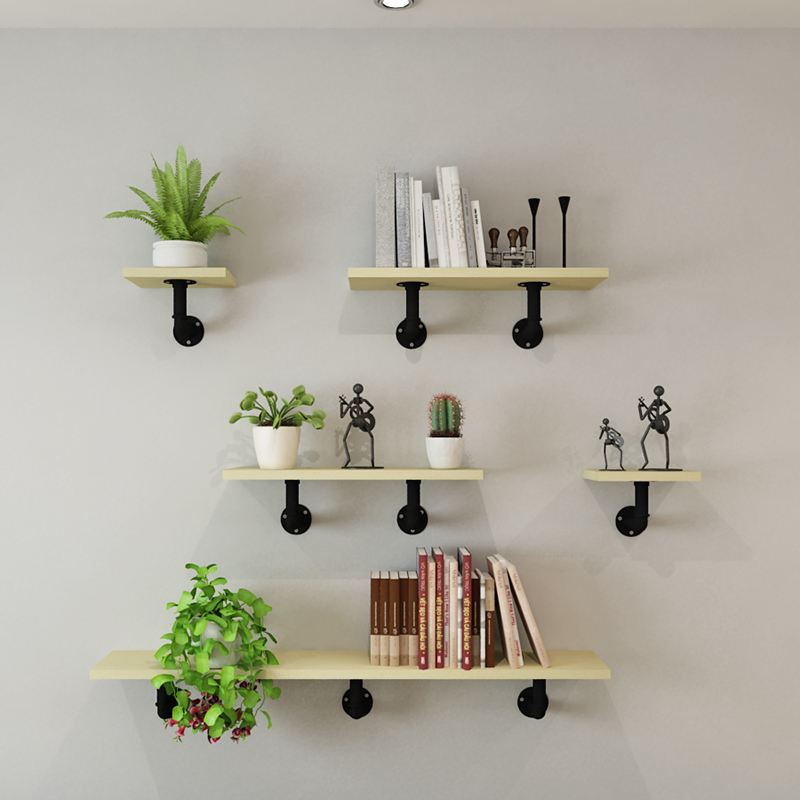
13. Professional Assistance
If you’re unsure about anchoring your bookshelf yourself or if you encounter challenges during the process, don’t hesitate to seek professional assistance. A qualified contractor or handyman can provide expert advice and ensure proper installation, giving you peace of mind knowing that your bookshelf is securely anchored.
14. Sharing Knowledge and Awareness
Spread awareness about the importance of securely anchoring furniture to the wall, especially in homes with children or pets. Share your knowledge and experiences with friends, family, and neighbors to help prevent accidents and promote safety within your community.
15. Continuous Learning and Improvement
As technology and best practices evolve, continue to educate yourself on the latest techniques and products for anchoring furniture to the wall. Stay informed about safety standards and recommendations to adapt and improve your anchoring methods over time.
16. Addressing Uneven Floors or Walls
In some cases, you may encounter uneven floors or walls when anchoring your bookshelf, which can affect stability. If you notice significant unevenness, consider using shims or leveling compounds to create a more even surface before anchoring the bookshelf. Additionally, use adjustable feet or leveling glides on the bottom of the bookshelf to compensate for any minor irregularities.
17. Maximizing Space and Organization
While anchoring your bookshelf, take the opportunity to optimize space and organization. Utilize adjustable shelves or modular storage solutions to customize the layout according to your needs. Consider incorporating baskets, bins, or drawer inserts to keep smaller items organized and accessible.
18. Enhancing Aesthetics and Personalization
Transform your anchored bookshelf into a focal point of your room by adding personal touches and decorative elements. Incorporate artwork, framed photos, or potted plants to add visual interest and personality. Experiment with different color schemes or themes to complement your existing décor and create a cohesive look.
Conclusion
By following this step-by-step guide, you can securely anchor your bookshelf to the wall, providing stability and peace of mind. Whether you’re organizing your home office or creating a cozy reading nook, properly anchoring your bookshelf ensures the safety of your belongings and loved ones.
